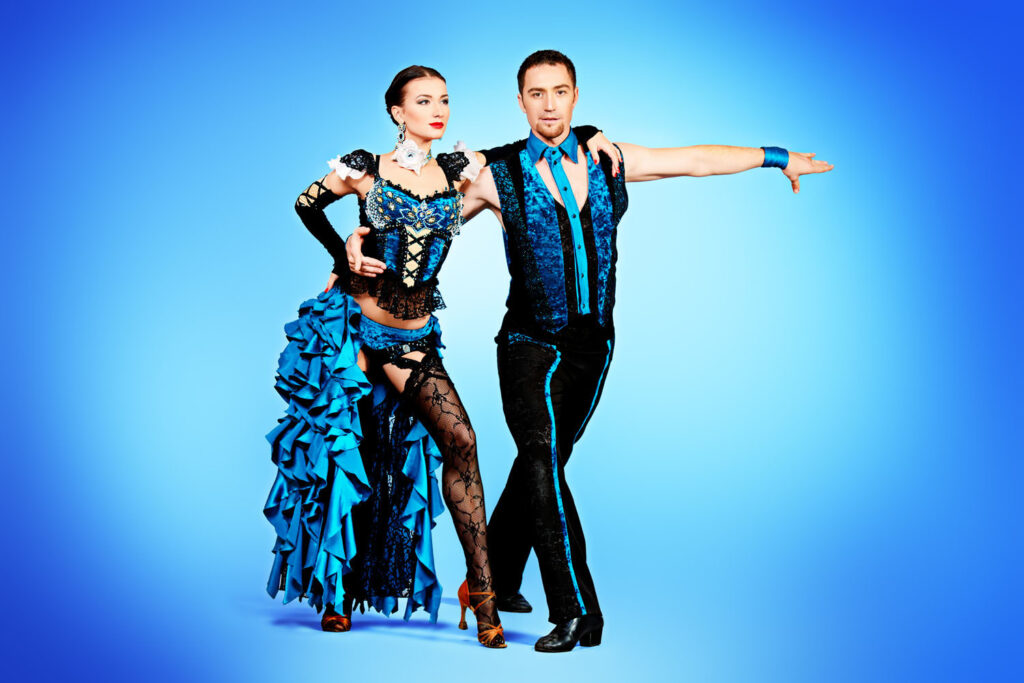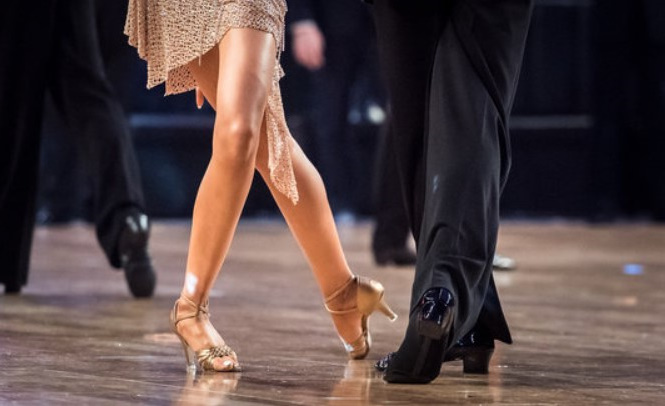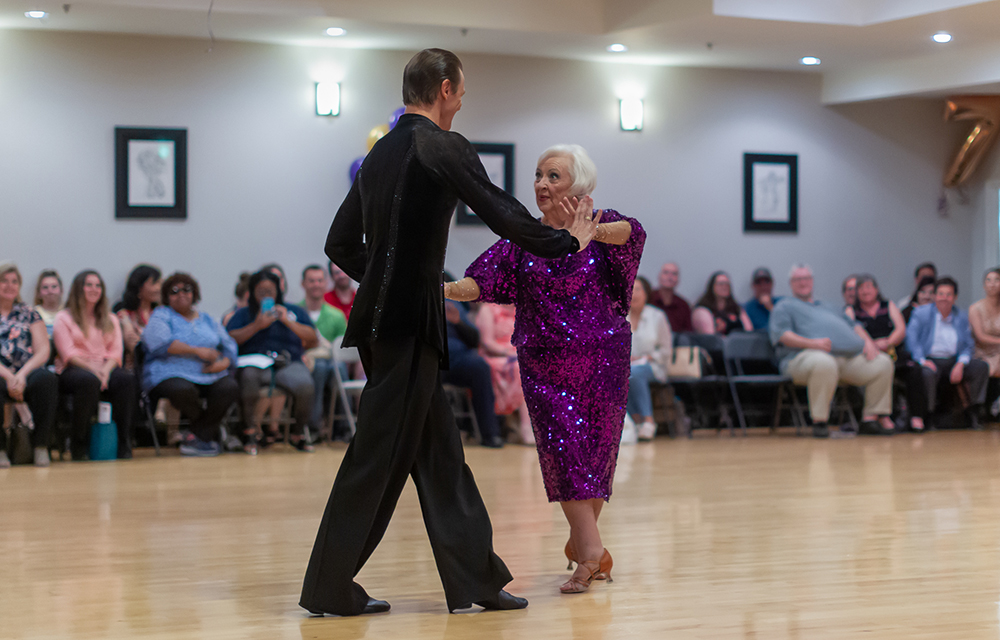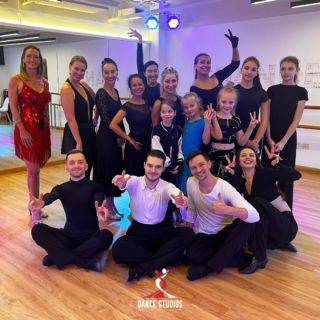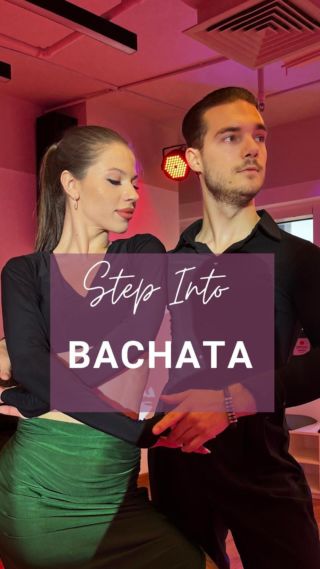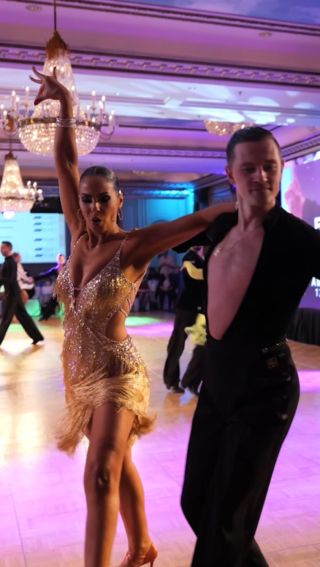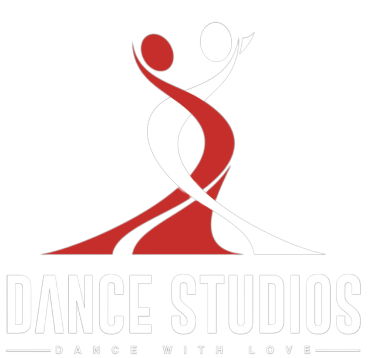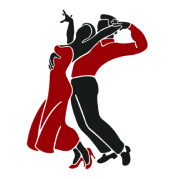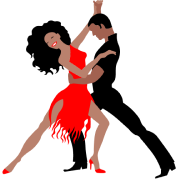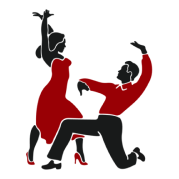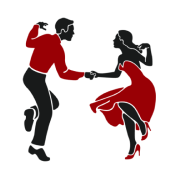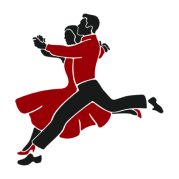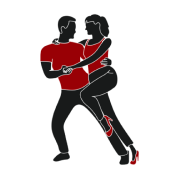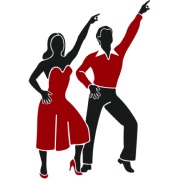HOW TO STAY INJURY-FREE WHILE DANCING
Dance may appear to be effortless, yet it needs a great deal of strength, flexibility, and stamina. It also carries a considerable danger of injury. You should be aware of the most frequent dance injuries and understand how to avoid them if you are a dancer, a parent of a dancer, or a dance instructor.
To avoid injuries, you must take training from experienced and renowned dancers’ studios, such as Dance Studios. Start your dance journey at one of the finest dance academies in Dubai, “Dance Studios”.
In this article, Dance Studios brings all the tips and insights to help you stay injury-free while dancing. Read until the end to find out all the details.
Let Us First See What The Most Common Dance Injuries Are:
Some research on dance injuries discovered that injuries caused by misuse of your joints and muscles (overuse injuries) are the most prevalent in dancers. The majority of overuse injuries affect the ankle, leg, foot, or lower back. The following are some examples of frequent dancing injuries.
Hip Injuries
Snapping hip syndrome, hip impingement, labral tears, hip flexor tendonitis, hip bursitis, and sacroiliac joint dysfunction are all examples of hip ailments and injuries that can commonly occur among dancers.
Injuries to the feet and ankles
Achilles tendinitis, trigger toe, and ankle impingement are all conditions that can occur in the feet and ankles.
Knee Injury
Patellofemoral pain syndrome is a kind of knee injury that is very common among the dance community.
Fractures That Are Caused Due To Stress
Stress fractures of the metatarsal, tibial, sesamoid, and lumbar spine are very common.
Dancers are also prone to knee, hip, ankle, and foot arthritis apart from the above-mentioned common injuries. In general, dancers have far fewer anterior cruciate ligament (ACL) problems than other sportsmen. One possible explanation is that dance training requires far more rigorous leaping from a young age than other sports, which aids with muscular control.
Let Us Now See Tips That Can Help Us In Reducing Injuries.
Never Skip Your Warm-Ups and Cool-Downs.
This is the simplest and most crucial thing to know in dancing! Warm-ups get your body ready for exercise and get the blood flowing to your muscles. This provides them with the oxygen they require to move smoothly! Warm downs reintroduce lactic acid (an exercise waste product) to the circulation of your blood. You are considerably more likely to have painful muscles the next day if you do not warm down after strenuous activity. This can impair coordination and even contribute to injury! (It is vital to understand that painful muscles are common among dancers! There are only a few methods to decrease the occurrence.
Dance Studios is counted among the best dance classes in Dubai, and we always ensure that our dancers do their warm-ups and cool-downs before they end their classes.
Use ice packs and heat pads to stay injury free.
Muscles may require additional attention after vigorous dancing or stretching! A hot bath after exercise might help lessen and reduce discomfort the following day of dancing and also help relax the muscles! Heat packs are a fantastic portable alternative for treating discomfort that can be used on the road.
If after all measures, injury still occurs to relieve inflammation, such as bruising or swelling, ice packs can be utilized. Ice packs work wonderfully for reducing pain post-injury. It is best to apply ice as soon as an injury arises. If you feel you have an injury, see a healthcare expert before attempting to treat it yourself!
Train in a Safe Environment
Many dancers only get hurt when they practice at home! If you are not taught to practice properly at home, you should wait to be under the supervision and care of an instructor. New talents should only be attempted under the supervision of a professional; even parents and older siblings may not know how to safely “spot” or coach you. Even YouTube tutorials don’t inform you about injuries specifically, and you may end up seriously hurting yourself. You may continue practicing at home after a brief period of training.
You can train at home after you are completely confident in your skills and if your teacher or dancing instructor agrees with it. (With extreme caution and in a suitable environment for the skill!) Acrobatic and tumbling talents, regardless of ability, should only be performed on a sprung floor to avoid injury and strictly under the supervision of a professional and certified trainer.
Get Regular Physio Check-Ups
Regular examinations with a healthcare practitioner can help you avoid potential injuries before they happen! It’s always useful to be aware of the physical changes and adjustments that your body goes through as a dancer, especially because everybody operates differently. A physiotherapist can assist in identifying specific additional requirements or areas of weakness that need to be worked on for your dancer to be aware of and work on. Reputable dance classes in Dubai, such as Dance Studios, always recommend that you take routine check-ups with a physiotherapist.
Take adequate rest.
While many professionals emphasize the significance of getting enough rest, there are no set standards for the frequency and duration of rest. We do know, however, that dancing for more than five hours a day or more is highly associated with an elevated risk of injury.
Intense exertion is also known to cause micro damage, which appears only after 12 to 14 hours after a workout or dancing session. Micro damage also decreases the recovery speed and compels dancers to take a longer break.
So, following a high-intensity exercise or dancing session, dancers must take the next day off to recover and heal. Dancers should work hard a couple of times each week and then rest for at least two days, ideally in succession. In addition, a month’s break following the season is beneficial for rehabilitation.

